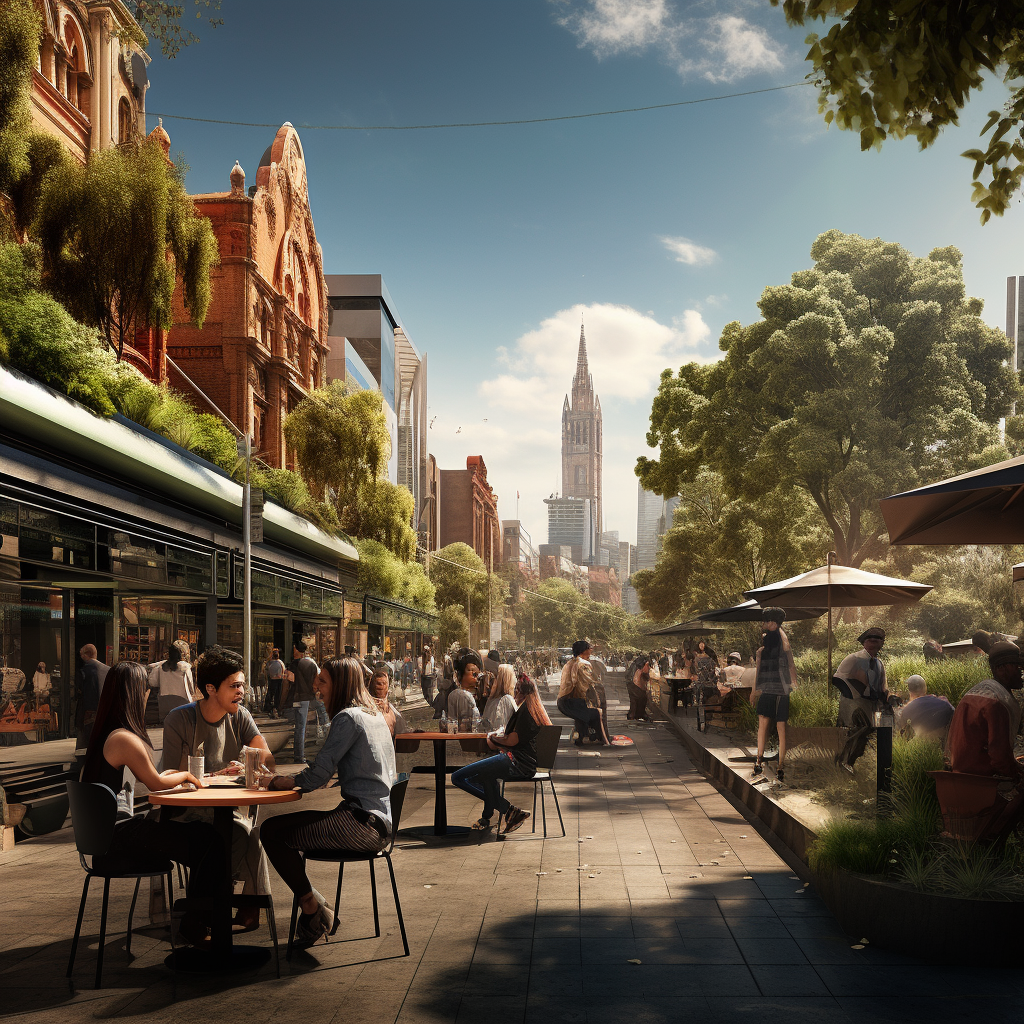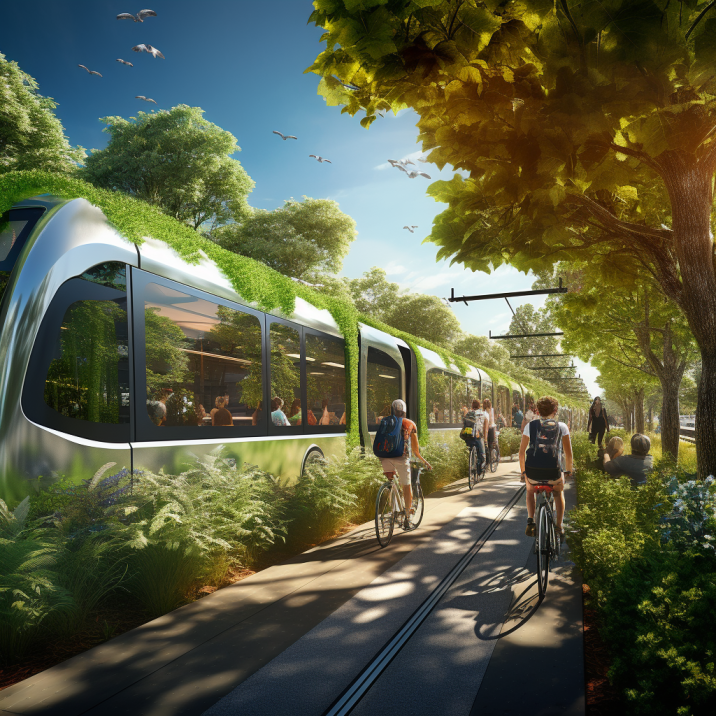The Melbourne Doughnut
Explore how well Melbourne is tracking as a place that supports people and planet to thrive.
Housing
Housing is a human right, and secure, safe and comfortable homes that are suitable for diverse households and Melbourne’s natural environment are fundamental to our health and wellbeing. The commodification of housing as an asset, however, has resulted in development patterns that too often perpetuate insecurity and disconnect Melburnians from nature and each other.
Principles for Housing in a regenerative Melbourne
Housing in a regenerative Melbourne must be:
- Reflective of the needs of diverse households, including housing options that are appropriate for all life stages and abilities and our city’s cultural diversity
- Oriented towards personal and community wellbeing
- Attuned to nature and resilient to Melbourne’s changing climate
What we want
Security
Everyone in Melbourne has access to affordable and safe housing with secure tenure
What we're measuring
Proportion of people who are homeless or living in severely overcrowded or insufficient accommodation
Proportion of households that are both low-income (lowest 40% of income) and facing rental or mortgage stress
Design
Melbourne’s housing stock is designed to be healthy and resilient for residents and the environment
What we're measuring
Proportion of existing Class 1 dwellings below 2 NatHERS stars
Amenity & Connection
Melbourne’s housing, and the neighbourhoods in which it exists, enable residents to meet daily needs and contribute to building social connection
What we're measuring
Proportion of people living in suburbs with a Social Infrastructure Index score of 12 of 16
Placing Housing in the system
Local to global connections
Melbourne’s housing system influences, and is influenced by, a multitude of factors that ripple out from the city:
- Housing trends and markets in Melbourne influence systems at a regional scale.
- Planning, regulation and financial structures at the state level guide social, economic, environmental and spatial housing outcomes in Melbourne, including what housing is built where, and for whom.
- Policy, regulation and financial structures at the national level trickle down to influence housing construction and markets at a local level.
- Our housing system is influenced by global trends in construction standards, design and finance.
Stories
Learn more
How was this dimension developed?
The Housing dimension of the Greater Melbourne City Portrait, including the conceptual framing and data selection, has been developed in collaboration with sector experts from academia, government and industry. A detailed description of the City Portrait methodology is outlined in the About section of the website.
Where can I access the data?
Data for Housing, along with the other Social Founation dimensions are available in the Social Foundations Dataset.
For Ecological Celing dimensions, see the Ecological Ceiling Dataset.
Where can I find more information on Housing in a regenerative Melbourne?
The City Portrait is informed by extensive research and resources on Doughnut Economics and related frameworks, as well as sector-specific research associated with each dimension. More detailed research that has informed the Housing dimension is available to explore via Altiorem's library.
How can I get involved?
To get involved with ongoing development of the City Portrait or learn more about Regen Melbourne, email alison@regen.melbourne



